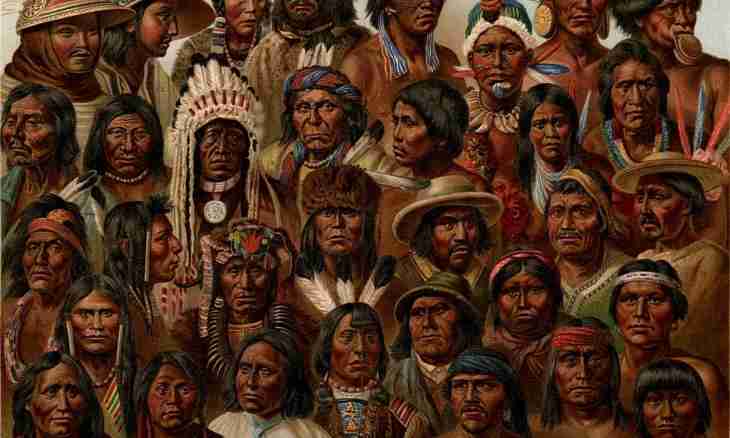In the first millennium BC in the territory of Central Asia there lived the iranoyazychny tribes known for antique sources under the collective name "Saky". Persians called them "mighty men", and Greeks – because of some similarity in a way of life – "Asian Scythians".
The first mention of Saky contains in an inscription on the Mount Bekhistun cut by order of the Persian tsar Darius I ruling at the end of 6 – the beginning 5 centuries BC. During an era of iron there are breeding unions of juice. Each union was headed by the tsar who at the same time was a priest. The power of the tsar was considered as sacred and was transferred from the father to the son.
Resettlement
The Ancient Greek historian Herodotus describes four groups of saksky tribes. According to him, in the valley of the Mugrab River there lived Saky-haomavarga – "cooking hay", the stupefying drink used in the ritual purposes. Between the Amu Darya Rivers and the Syr Darya and also in the Foothills of Tyan-Shanya there lived Saky Saky-tigrakhauda – "the wearing peaked caps". Lower reaches of Amu Darya and the Syr Darya, the basin of the Aral Sea and also the territory of modern Tajikistan were inhabited by Saky-sugudam – "beyond Sogdiana". The fourth group – Saky-paradaraya, "those who overseas", lived in Black Sea Coast and Prikaspiya. It is unlikely the self-names provided by Herodotus existed in fact. Preparation of a haoma and carrying peaked headdresses was characteristic of all juice, but not of certain tribes, and such sign as accommodation "beyond Sogdiana", could be significant in the opinion of Greeks, but not juice. But if Herodotus's classification raises doubts, then there is no territory of resettlement of juice which is rather specified by him the bases to doubt.
Economy
The basis of economy of juice was formed by cattle breeding. It existed in three forms – nomadic, semi-nomadic and settled. The nomadic cattle breeding assumed long movements between summer and winter pastures. Nomads wintered on coast of the rivers or lakes, in the places which aren't blown by winds. Long-term such winter parking weren't. At semi-nomadic cattle breeding both the summer, and winter parking were constants, dugouts were under construction there. Some members of community remained on winter parking and in the summer, being engaged in agriculture. They grew up wheat and barley. The settled cattle breeding assumed constant settled life of a part of the population. Agriculture was major activity of the people leading settled lifestyle. Pastures – both winter, and summer – were located near such settlements, long removements weren't required. Nomads bred generally sheep and camels. The juice which was engaged in settled cattle breeding had a lot of cattle. All saksky tribes – irrespective of the dominating cattle breeding form – bred horses. Archaeological data confirm two types of these animals at juice. By tall, slender horses there went soldiers. Undersized horses with thick legs and a massive trunk were used for economic needs. Saksky tribes played an important role in the history of the Middle East and Central Asia. With their participation the Parthian state was created.

